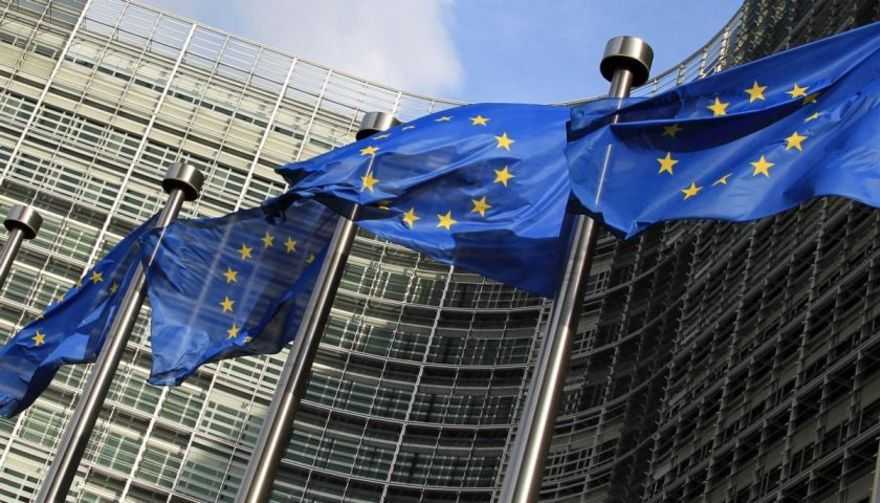What is missing in Conte and Gualtieri’s NRP according to Brussels

All the shortcomings of the NRP prepared by Conte and Gualtieri according to the indications of the EU Commission. Here is what emerges from a report by the Senate Studies Service
"Reforms and investments" is an evergreen "carrot and stick". Mario Draghi knows this well and has made no secret of it, treating the two chapters in a very distinct way on the occasion of the presentation of the programmatic lines of the new government in Parliament.
And reforms and investments go hand in hand in the Next Generation EU structure, the Recovery Plan unprecedented in size and nature that sees Italy as the first beneficiary for the size of the loans, including grants and loans between 2021 and 2023 (209 billion euros). But investments will be released (and, above all, they will not be frozen later) only if the series of macro-reforms envisaged also correspond to them.
The parameter is the Country Specific Recommendations of 2019 and 2020, i.e. the recommendations addressed to the Member States in the context of the European semester of coordination of the macroeconomic policies of the EU countries.
To put some gaps in the document prepared by the previous government on January 12 – when the crisis was already overt – and sent to the Chambers on January 15, is the Senate Studies service, which identified the shortcomings in relation to the wishes of the recommendations of the European semester, marking them with a slightly lenient “NR”: not noted.
They range from the reduction of the public debt / GDP ratio to the full implementation of previous pension reforms, passing through the restructuring of banks' debts, all references that escape the text of the National Recovery and Resilience Plan (Pnrr). The interventions on public education were good, from infancy to post-graduate training – reads thesynoptic survey of the Senate Studies Service -, but the continuing absence of the preparation of a new annual law on competition that addresses the restrictions on the market is noted, in particular for retail trade and business services.
Sore button, justice. The Pnrr of the last government already lists a series of measures – the completion of the digitization of the civil and criminal proceedings; the disposal of the tax dispute pending in the Supreme Court -, but it makes no secret, prudently, of not considering the exhaustive list, refers to the civil and criminal trial reforms pending in the parliamentary committees of the Chamber and Senate and, indeed, opens to any adoption of new measures, if necessary with the instrument of the decree-law (an expedient that will have to be seen how much it will be in line with the Draghi agenda, clear in placing the vast parliamentary majority before its responsibilities).
Other times, those in which a government understood it was at the end of the line on the knot of justice. Now, a restyling of the justice chapter in the PNRR is all in the hands and will of Minister Marta Cartabia, the new tenant of Via Arenula.
But there are not only reforms on which the text of the Conte government takes time. The January draft also lacks solid and very dear anchors to the European Commission by Ursula von der Leyen, essential references that come directly from the text of the European regulation on the Resilience and Resilience Device (RRF, in the English acronym). An absence that turns into the first grain for the new Minister of Ecological Transition Roberto Cingolani , called to the front in the preparation of the Pnrr version Draghi. In fact, the Senate scheme points out that the plan of the previous executive does not provide indications “regarding the resources aimed at guaranteeing the achievement of the minimum spending target defined at European level for the green transition”. We are talking about the target of 37% of the Recovery Plan funds that must be used for the green transition in each member country. For Italy, a figure of over 77 billion euros.
Now the ball is in the field of the new government which, while maintaining its overall structure organized around the Missions that characterize the Next Generation EU, will be able to take advantage of the findings of the research department – a work style that is certainly familiar to the new premier – in the discussion on the make-up of the Italian recovery and resilience plan.
Member States have until 30 April to submit their drafts to the European Commission, with which a dialogue is already underway, chaired by the dedicated task force set up within the General Secretariat in Brussels. The Commission will then have 8 weeks to evaluate the plan.
Obtaining the first tranche of advance payments – equal to 13% of the total – seems peaceful and is based on the promises contained in the National Plan; stomach ache could arrive soon, however, in the face of the subsequent difficulties in the implementation of the Country Specific Recommendations addressed to Italy and go as far as the temporary freezing of funds due to our country (70% of which are to be spent between 2021 and 2022). According to the special emergency brake wanted, in fact, as a guarantee from the so-called frugal countries in the summer, when the tool saw the light, in case of doubt, each member state has 4 weeks to block the decision to disburse the Next Generation funds EU, referring the matter to the European Council, the EU political summit where premier and presidents sit.
This is a machine translation from Italian language of a post published on Start Magazine at the URL https://www.startmag.it/economia/che-cosa-manca-nel-pnrr-italia-secondo-bruxelles/ on Wed, 24 Feb 2021 08:54:35 +0000.
